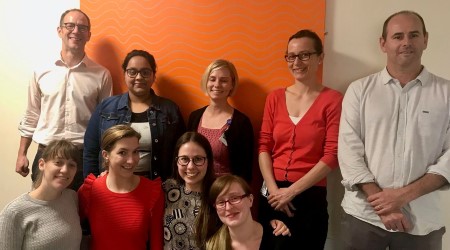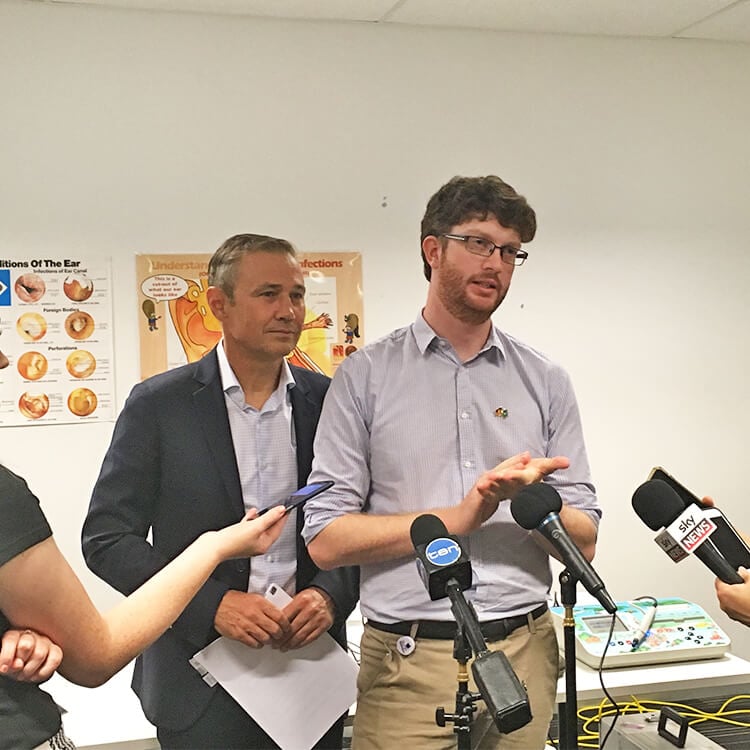Search
Research
The reliability of video otoscopy recordings and still images in the asynchronous diagnosis of middle-ear diseaseTo compare the asynchronous assessment of video otoscopic still images to recordings by an audiologist and ear, nose and throat surgeon (ENT) for diagnostic reliability and agreement in identifying middle-ear disease.
Research
Pcv7-and pcv10-vaccinated otitis-prone children in new zealand have similar pneumococcal and haemophilus influenzae densities in their nasopharynx and middle earPCV10 did not reduce NTHi density in the nasopharynx or middle ear, and was associated with increased pneumococcal nasopharyngeal density
Research
Topical antiseptics for chronic suppurative otitis mediaTo assess the effects of topical antiseptics for people with chronic suppurative otitis media
Research
Systemic antibiotics for chronic suppurative otitis mediaTo assess the effects of systemic antibiotics for people with chronic suppurative otitis media.
Research
New findings in the pathogenesis of otitis mediaThis study was the first to concurrently identify middle ear pathogens in both bacterial biofilm and intracellularly in the middle ear mucosa of children and to identify extensive DNA stranding in the MEF from children with AOM
Research
Unraveling the genetics of otitis media: From mouse to human and back againOtitis media (OM) is among the most common illnesses of early childhood, characterised by the presence of inflammation in the middle ear cavity...
Research
Antimicrobial susceptibility of Moraxella catarrhalis isolated from children in Kalgoorlie-BoulderTo investigate antimicrobial susceptibility of Moraxella catarrhalis isolated from a cohort of children being followed in a study of the natural history of OM
Research
Cochlear implantation in children under 12 months of age: surgical outcomes and considerations—a Western Australian perspectiveThe introduction of universal newborn hearing screening has allowed for early identification and diagnosis of children with severe-profound hearing loss. This study aims to provide the first Western Australian perspective on the surgical feasibility and safety of cochlear implantation before 12 months of age.

News & Events
Warm Welcome for the Neonatal Infection and Immunity TeamClinical Professor Tobias Strunk, Dr Andrew Currie and their Neonatal Infection and Immunity Team have become the newest members of the Wesfarmers Centre of Vaccines and Infectious Diseases.

News & Events
New ear health study music to the ears of Aboriginal childrenWait times for Aboriginal children suffering ear infections could be reduced to less than four weeks thanks to a new The Kids Research Institute Australia research project
